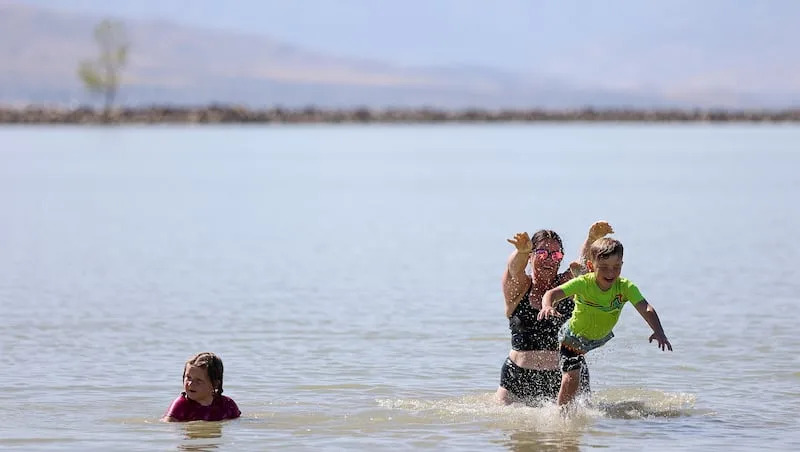
Previously entrenched in legal battles because of plans to turn it into a development project, Utah Lake has been quietly generating economic value for its surrounding community, according to a new study.
The study, published on Monday, found that Utah Lake visitors spent nearly $75 million last year.
The study, conducted by Ernst & Young and commissioned by the Utah Lake Authority (ULA), surveyed out-of-county visitors to gather data on their visit and estimate their spending.
“Utah Lake is an often invisible asset. But in reality, it makes significant contributions to our economy,” Luke Peterson, ULA executive director, said.
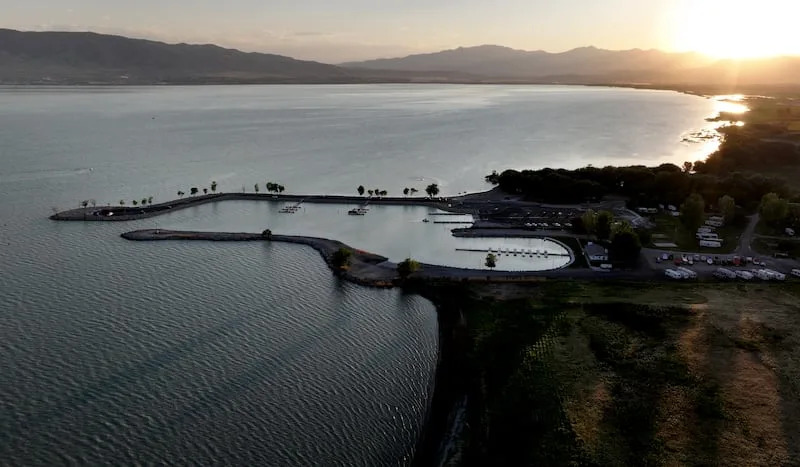
‘An economic engine for the region’
The study found visitors in 2024 contributed $56.8 million to the GDP and $9.2 million in revenue in state and local taxes.
Utah Lake had 1.1 million “visitor-days,” defined as one visit per person. Of these, more than 800,000 visitors stayed and paid for lodging.
According to the study, visitors spent the most on food and rental services. Day-visitors spent about $45.88, about $10 more per day on recreational activities compared to those staying longer.
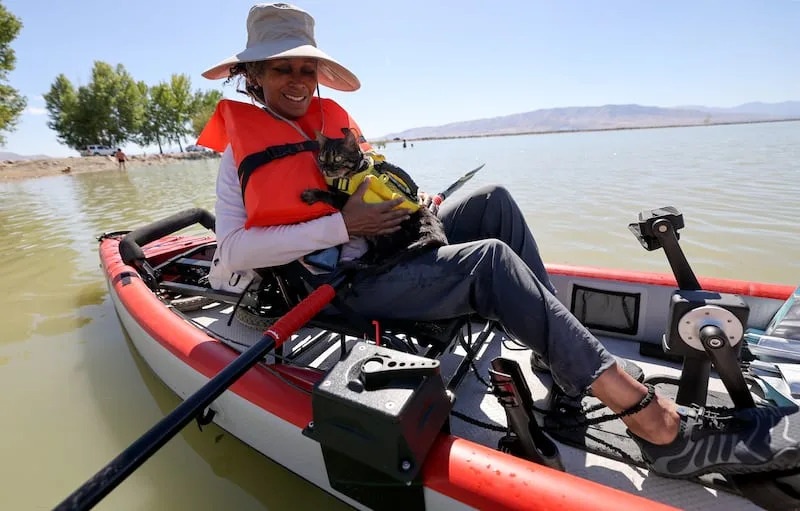
Those paying for lodging spent an average of $34.86 for their stay, resulting in a total of $71.59, the study found.
The study estimated these contributions, over a yearlong period, amounted to $74.3 million.
In addition, Utah Lake’s tourism supports 823 jobs in Utah County, which includes 598 jobs at visitor-serving businesses and 225 additional jobs from supplier and employee purchases, the study found.
This study captures, in practice, an overall shifting perspective toward an often overlooked lake, as previously reported by the Deseret News.
Curtis Blair, president and CEO of the Utah Valley Chamber of Commerce, called Utah Lake “an economic engine for the region.”
“Beyond its natural beauty and recreational value, it drives jobs, supports local businesses, and strengthens the county’s economy,” Blair said. “This study underscores the vital role Utah Lake plays in enhancing the quality of life for both visitors and residents.”


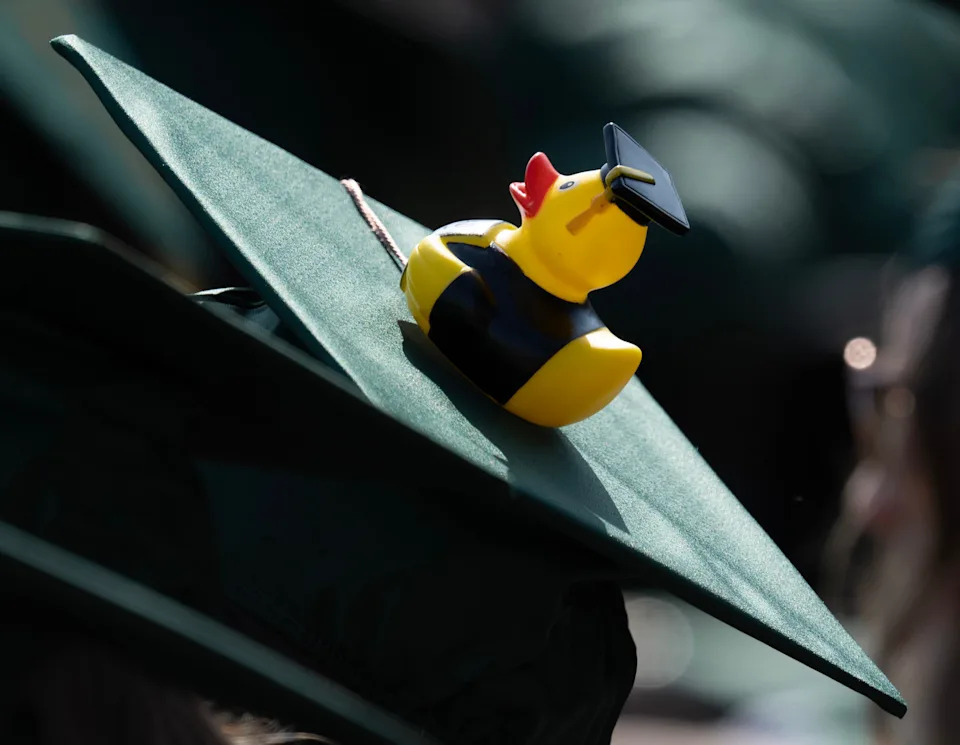


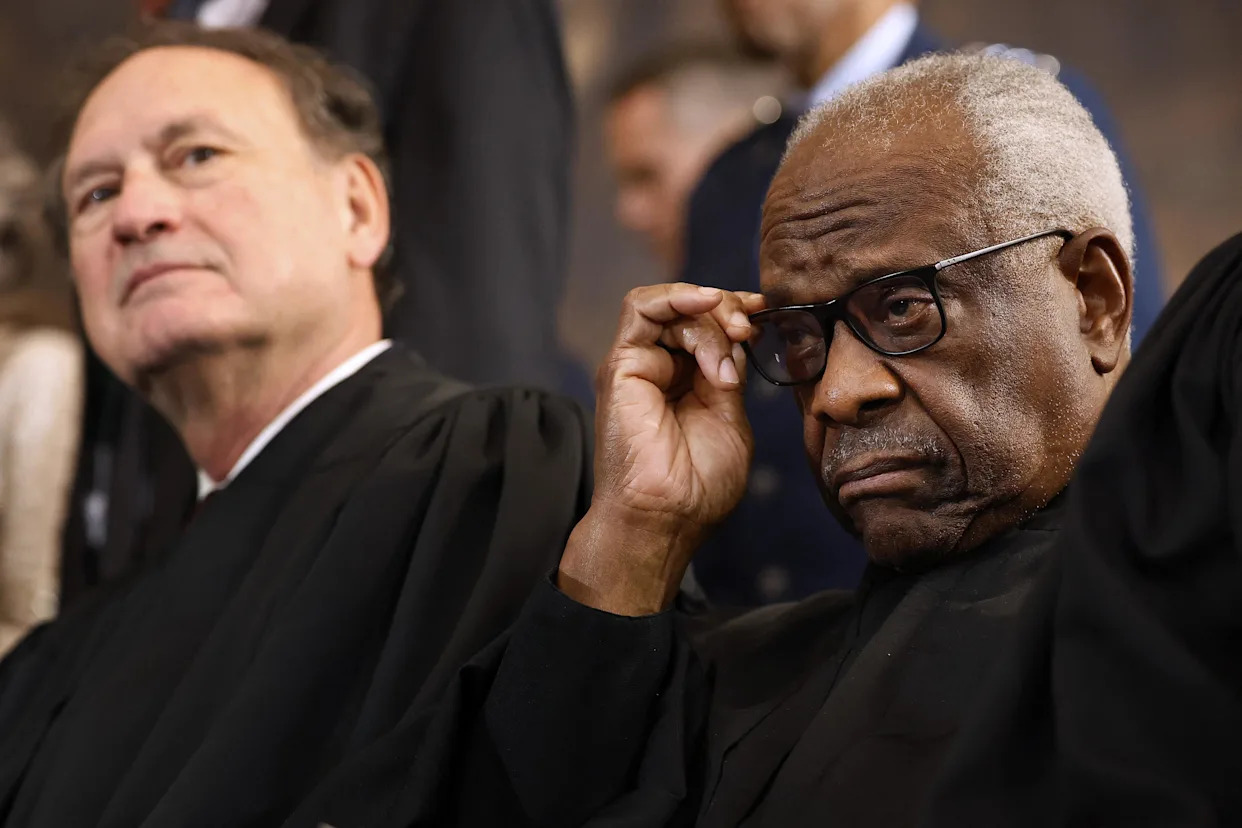

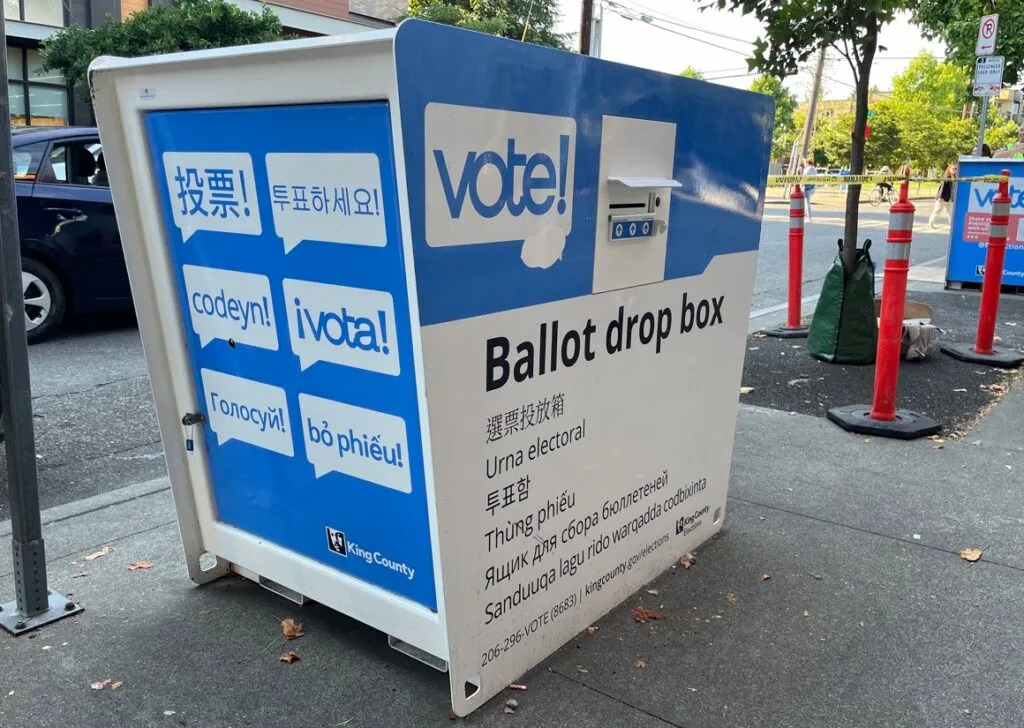
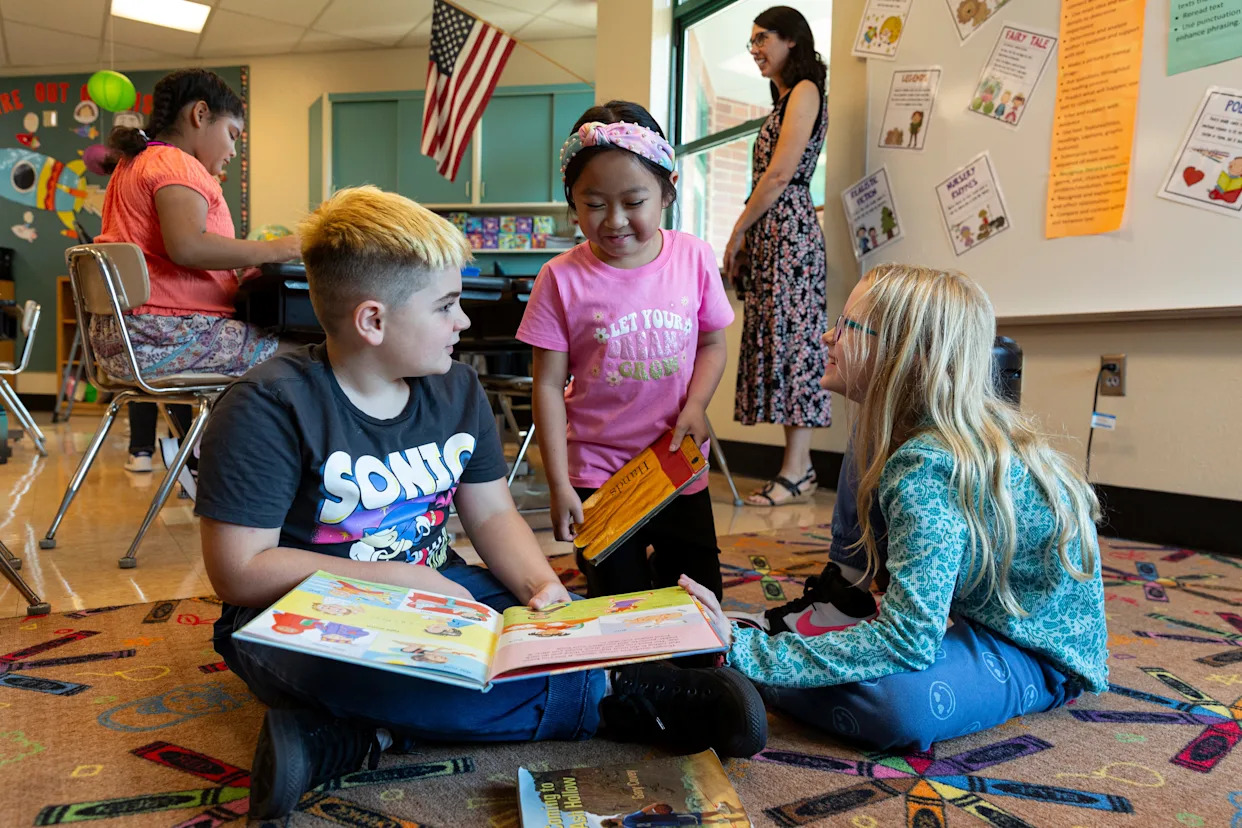
Comments